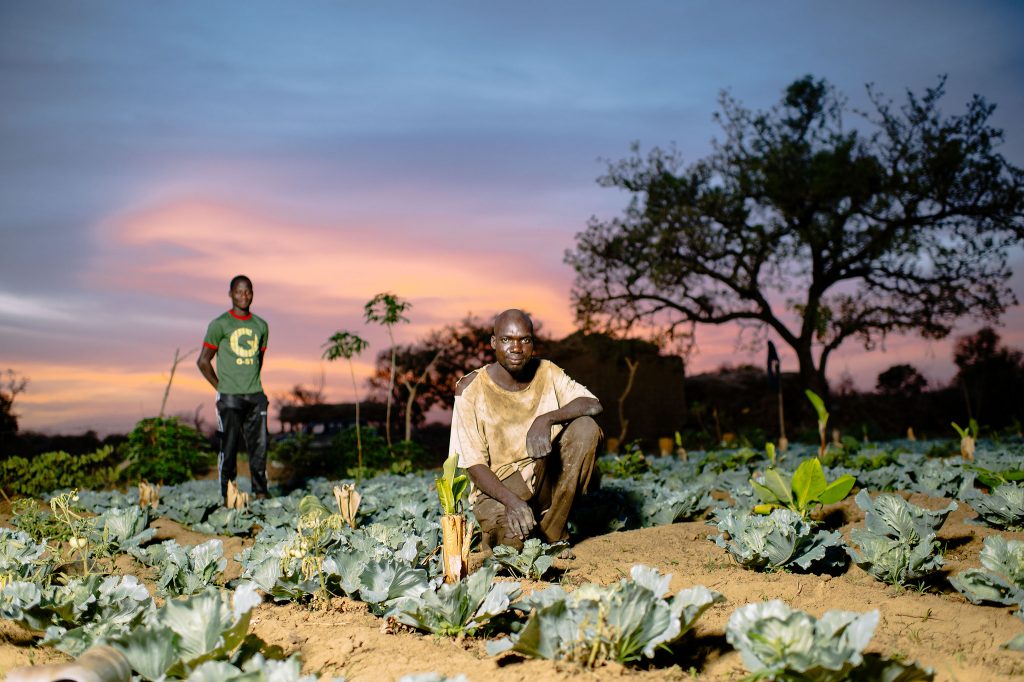Transformation of food systems and urbanisation

Discussions around the level and volatility of food prices come at a moment when agrifood systems are undergoing profound transformations in developing countries. Among those ongoing changes, a key one includes a wider connection and integration of rural and urban areas.
A vivid illustration of such process is the emergence of supermarkets across the low and middle income countries, including sparking sweeping changes on the organisation and concentration of food production, intermediation, and distribution. Between 2001 and 2009, the volume of activity of supermarkets in India rose from $0.2 billion to $5.1 billion; in the Philippines, it soared from $1.9 billion to 6.8 billion; and in China it increased from $13.1 billion to $91.5 billion. At the same time, food consumption patterns in urban areas have evolved towards higher intakes of fats, processed products, and prepared foods.
Yet the trajectories of structural transformation vary across countries and regions. For instance, Africa’s overall pattern of urbanisation presents some unique features compared to historical pathways in East Asia, including in some cases displaying an “urbanisation without industrialisation”. And yet the pace of urbanisation is remarkable: in Europe, it took 110 years to increase urbanisation rates from 15% to 40%; Africa achieved the same transition in only 60 years. Also, most of Africa’s urban growth is natural (as opposed to migration-induced or fuelled by urban expansion) and has not been accompanied by a demographic transition, that is, in most countries in region both urban and rural populations are fast-increasing in absolute terms.
While pathways of transformation vary, an empirical regularity across contexts is the growing concentration of poverty in urban areas: between 1990 and 2008, the share of urban poverty out of total global poverty increased from 19.8% to 24.2%. Despite the spatial shifts in poverty, comparatively little attention is paid to the nature of food insecurity in cities, how to effectively address it, and what role social protection may play in those contexts. Indeed, targeted consumer-oriented interventions such as cash transfers have been conceived and implemented almost entirely in rural contexts. Only recently there has been experimentation and, to some extent, scale-up of safety net programmes in urban areas.
These three core bodies of literature and empirical work – structural transformation, food insecurity, and social protection – are subject of intense ‘vertical’ empirical investigation, diagnostics and policy-oriented analysis, with relatively limited work examining the ‘horizontal’ linkages and trade-offs between them. Initiatives such as the new policy brief by the Global Panel on Agriculture and Food Systems for Nutrition will help break those silos, shedding light on the ability of supply chains to manage uncertainty, and identifying spatially-sensitive policies for the poor and food insecure.
